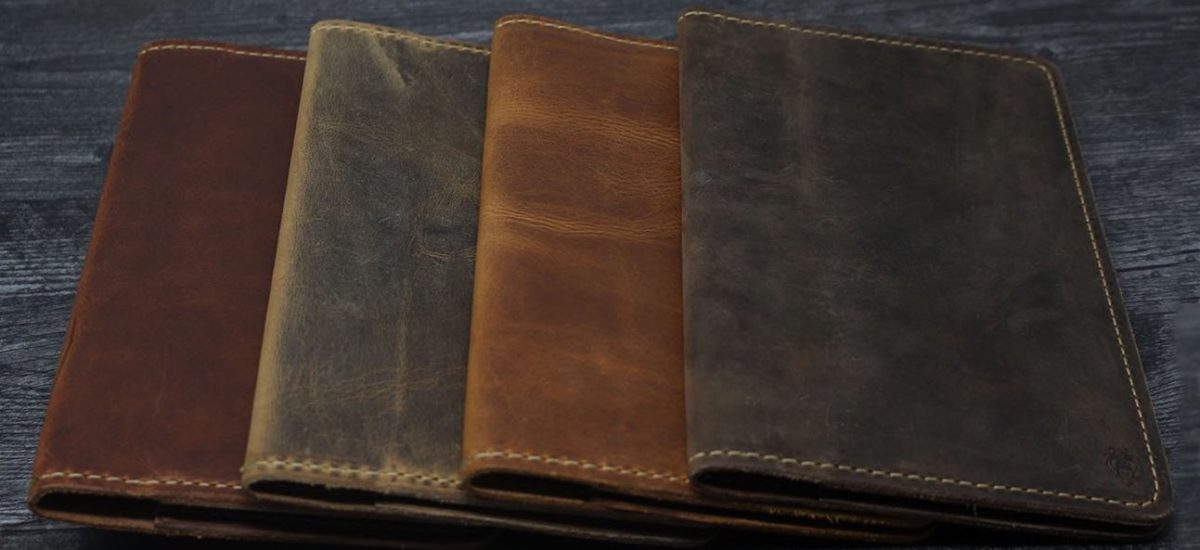Where does writing happen? Ten or fifteen years ago, I would have said that writing happens—really happens—between the writer’s ears. I wasn’t especially interested in the physical process by which ideas get out of a writer’s head and onto a sheet of paper or onto a computer screen.
There is a tinge of gnosticism in this view of writing as a disembodied act—and maybe more than a tinge. Of course writing is brain work. But we are more than brains on a stick, to borrow a phrase from James K.A. Smith. Our brains exist in bodies, which exist in a temporal world, where habits shape us, inside and out. So it is exceedingly important to recruit our whole bodies to the cause of brain work.
In Episode 9 of The Habit Podcast, Kristy Dempsey talks about a ritual that goes right to the heart of what I’m talking about. Kristy’s rule for herself is that she can’t have her first sip of coffee in the morning until she is seated at her desk with her computer on and the document of her current project open. If she has things to take care of before she starts writing, that’s fine. She can fold a load of clothes or answer an email if she has to. She just can’t have any coffee.
This is a great ritual for a couple of reasons: first, Kristy has set up a nice little carrot-and-stick reward system for herself. Second—and this is even more important, it seems to me—now the very distinct sensory experience of that first sip of coffee says to Kristy’s brain (and to the rest of Kristy), “Now it’s time to write.” The body is recruited to a cause that we might normally think of as cerebral.
One of the most important aspects of settling into bodily routines for writing is to stake out a physical space where writing happens. I have a long history of bouncing around to do my writing—from coffee shop to borrowed office to home, and at home from desk to kitchen table to living room chair. If the real action is between one’s ears, what does it matter where one’s ears are?
But as it turns out, it does matter where one’s ears are. When you write in the same place every day (and especially if you don’t do anything in that space besides writing), something starts to happen whenever you sit down at that place. Your body tells your brain (or maybe your brain tells your body?) “Now it’s time to write.”
In an earlier episode of The Habit Weekly I wrote about Stephen King’s idea of “the desk in the corner.” You need a special space that is reserved for writing, but that special place might need to be in the corner of the room rather than the middle of the room. Every time you sit down to write, that bodily ritual is saying something important to your brain: this work of writing is significant enough to deserve its own space, but it’s not the most important thing in your life. So relax. Just do the work.
As I think more about the physical facts of my writing life, I find myself looking for habits and practices and tools that remind me that the work is important, but not so important that I am justified in being self-indulgent or, alternatively, paralyzed by the importance importance of the work. There was a time when I would write with whatever pen happened to be lying around—usually a Bic Round Stic that you can find at any cash register in America. I finally decided to keep myself supplied with Uni-ball or Pilot G-2 pens, and not the fine-point kind, but the ones with the big one-millimeter points. When you write with those, it feels like you’ve really written something. It’s a small thing, but there is so little equipment required in my line of work, it has felt worth it to me to invest in two-dollar pens instead of twenty-cent pens.
Notebooks have been a bit of a struggle for me. Long after I started buying better pens for myself, I was still writing in the same black-and-white “marble” composition books I used in junior high. In fact, I wrote most of my books in those composition books. Expensive notebooks (Moleskines, for instance) stressed me out. I would leave them blank, waiting until I had something brilliant to write. But how do you know your writing is going to be sufficiently brilliant to justify sullying a ten-dollar notebook? I was never afraid to write in my one-dollar composition books. And yet I was still hoping for a notebook that felt a little more grown-up and professional.
A year or two ago I finally settled on a notebook that struck that balance I was looking for. It’s a leather notebook cover from Growley Leather Company (see the picture above), and it holds the less expensive Cahiers notebooks from Moleskine. The Cahiers notebooks are quite a bit fancier than the composition books, but they aren’t as expensive as the regular Moleskines, so I feel less self-conscious about writing bad first drafts in them. Also, as it turns out, composition books fit in my leather notebook cover. So if I ever decide the Moleskine notebooks are extravagant (and I might yet), I have that option: fancy on the outside, relaxed on the inside. Which, now that I think of it, is a pretty good approach to endeavors of many kinds.
My point is not that you should be using two-dollar pens and a leather notebook cover, or that you should put your desk in the corner. But it’s worth thinking about the signals that you send yourself in the physical facts of your writing life—your space, your rituals, your tools.








